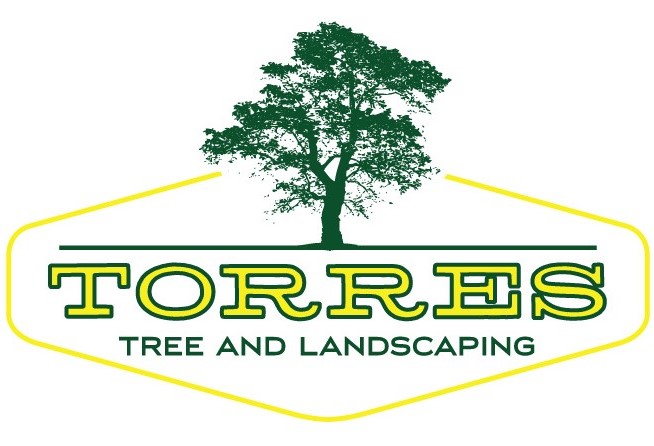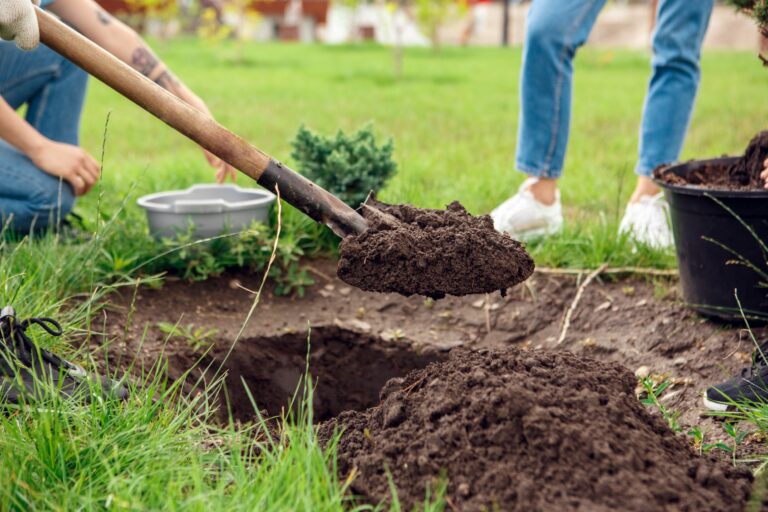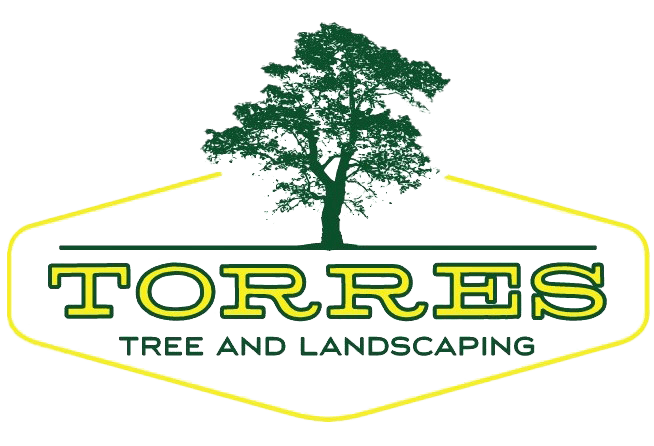Are you looking to enhance your landscape with the beauty and benefits of trees? Planting a tree is not only a rewarding experience but also a significant investment in the environment and your property.
In this guide, we will walk you through the essential steps and considerations for successfully planting a tree.
Choosing the Right Tree
Before you start planting a tree, it’s crucial to choose the right species for your location. Consider factors such as the tree’s size at maturity, soil and light requirements, and resistance to local pests and diseases.
We have another article that lists popular trees for North Texas that will help you narrow down your choices.
Research different tree species that thrive in your climate and match your landscape preferences. Check out the Texas Tree Selector (a free service offered by Texas A&M Forest Service) to help you choose a tree for your yard.
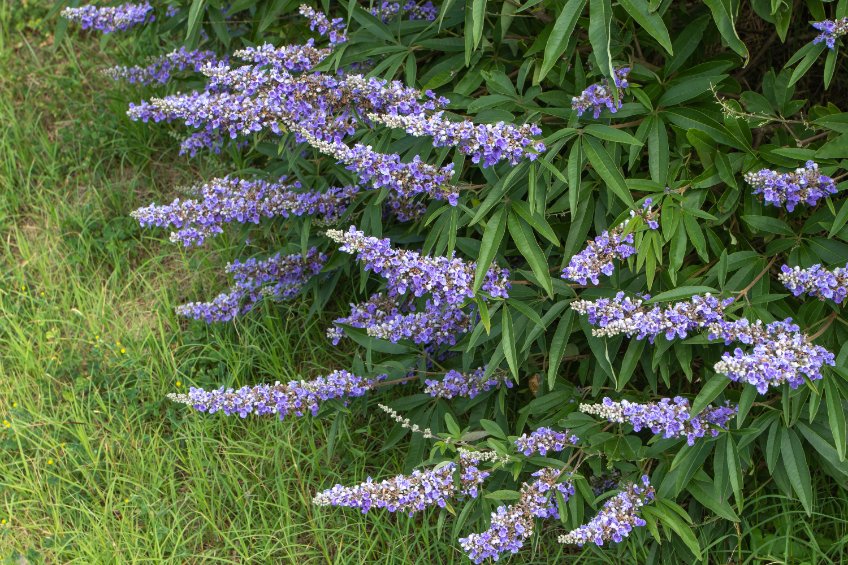
Planting Time: Fall, Late Winter, or Early Spring
While fall is generally considered the ideal time to plant trees due to cooler temperatures, moist soil, and reduced stress on the tree’s root system, late winter and early spring are also suitable times for planting. When planting in these seasons, ensure the ground is not frozen and the weather conditions are favorable for tree establishment.
Choosing the Planting Location
Selecting the right location for your tree is critical to its long-term health and growth. Ensure the spot provides adequate sunlight, proper drainage, and sufficient space for the tree to develop its canopy and roots without interference from structures or other plants.
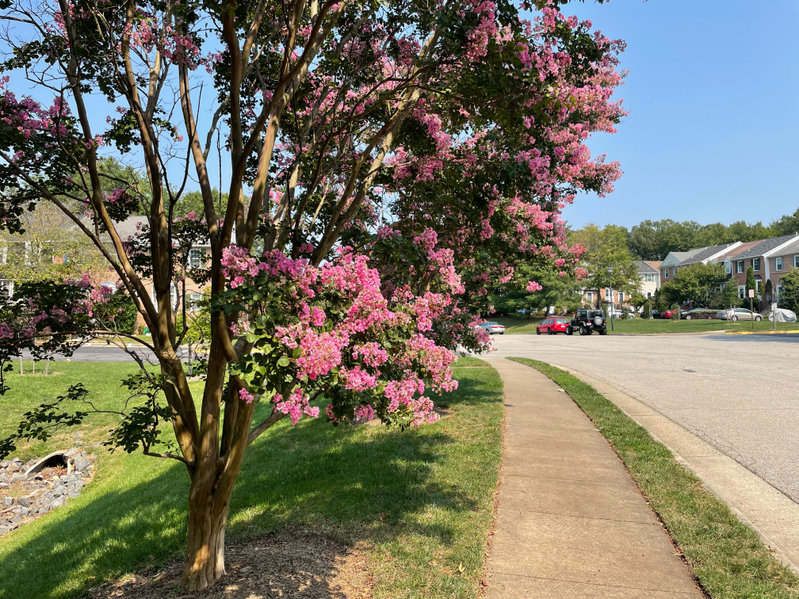
Soil Test and Preparation
Conduct a soil test in the planting area to assess its pH level, nutrient content, and drainage capacity. Based on the results, amend the soil as needed to create optimal conditions for tree growth. Proper soil preparation is essential for helping the tree establish a strong root system.
Call 811 Before You Dig
Before you start digging the hole for planting the tree, contact your local utility service by dialing 811 to have underground utility lines marked in the designated area. This step prevents accidental damage to utility lines during the planting process.
Knowing How Deep to Plant
When planting a tree, ensure that the root flare, where the roots meet the trunk, is at ground level or slightly above. Planting a tree too deeply can restrict oxygen flow to the roots and lead to long-term health issues.
Voyle (2015) The planting depth of the tree in its new location is very important. Trees planted too deep or too shallow shorten the tree’s life expectancy. Trees have roots that grow horizontally, and 80 percent of the tree’s roots are in the top 18-24 inches of soil (para. 2).
Hole Preparation and Tree Care
Dig a hole that is wider than the tree’s root ball and just deep enough to accommodate the roots. Gently loosen the roots before planting and position the tree in the center of the hole.
Backfill the hole with the soil that you removed. Tap the soil down gently to remove air pockets.
Welsh (n.d.) The soil that you dig out of the hole is what you use to backfill around the root ball. No soil amendments are recommended when planting a tree; Therefore, no compost, peat moss, or shredded pine bark should be added to the backfill (para. 1).
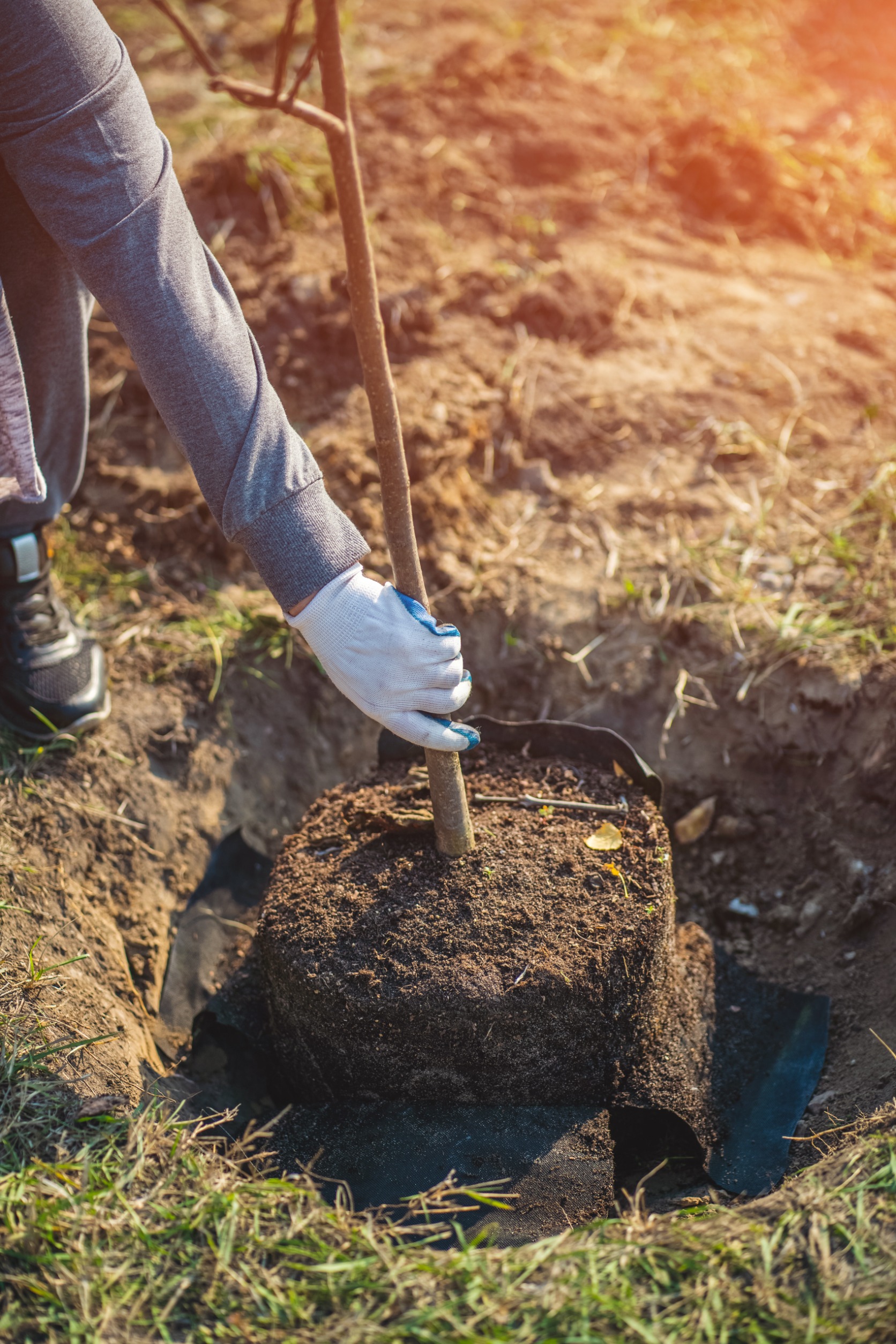
Adding Mulch, Watering, and Maintenance
After planting, add a layer of organic mulch around the base of the tree to retain moisture, regulate soil temperature, and suppress weed growth.
Water the tree thoroughly after planting and continue to provide regular watering during the first year while the tree establishes itself. Monitor for signs of stress, pest infestations, or common tree diseases. Take necessary measures to maintain its health.
Part of maintaining your tree’s health requires proper trimming. Head over to our tree and shrub trimming service page to see how we can help.

Conclusion
Planting a tree is a valuable contribution to the environment and an investment in the beauty and sustainability of your landscape. By following the steps outlined in this guide, you can ensure that your tree has the best start and thrives for years to come.
Remember that proper site selection, soil preparation, hole digging, tree planting, and post-planting care are crucial for the success of your tree. Enjoy the process of planting and nurturing a tree that will enrich your surroundings and benefit future generations.
References
Voyle, G. (2015, September 23). Planting a tree successfully requires the right planting depth. Michigan State University Extension. https://www.canr.msu.edu/news/planting_a_tree_successfully_requires_the_correct_planting_depth
Welsh, D.F. (n.d.). Planting a tree. Texas A&M Agrilife Extension. https://aggie-horticulture.tamu.edu/earthkind/landscape/planting-a-tree/
